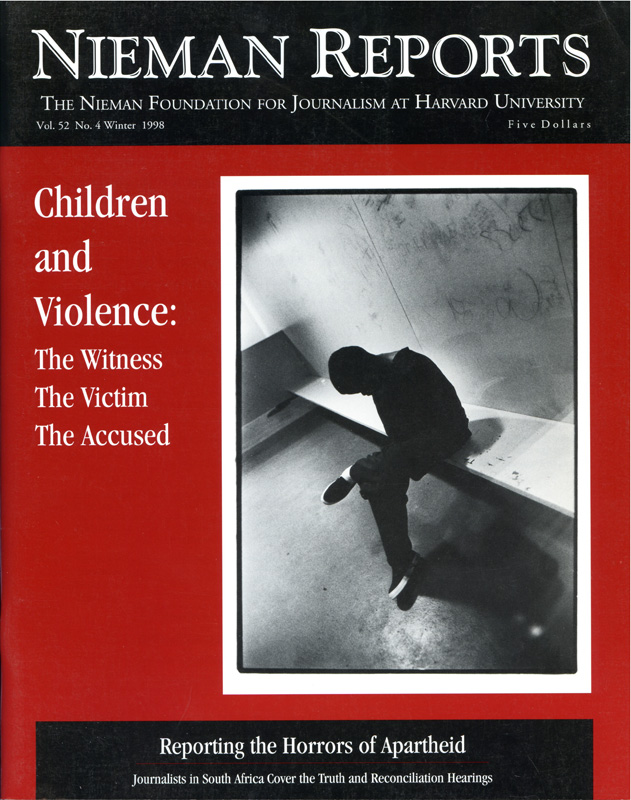336% = the percentage increase in coverage of homicide on NBC, ABC, and CBS nightly news between 1990 and 1995. During this time, homicide arrests dropped by 13%.
99% = the percent of violent deaths of children that occurred outside of school grounds (1992-94).
90% = the percentage of murdered children under the age of 12 who are killed by adults (1996).
85% = the percentage of communities that recorded no juvenile homicides (1995).
75% = the percentage of murdered youths between the ages of 12-17 who are killed by adults (1996).
Homicides committed by children under the age of 13 occur less frequently today than they did in 1965 (1965, 1996).
31% = the decrease in arrests of children for homicide (1994-1996).
Kids are killed in gun accidents at 23 times the rate they are killed in schools (1995).
4.9% = the percentage of children arrested who were held for a violent or serious act [homicide, rape, robbery, aggravated assault] (1996).
200,000 – 65,000 = the estimated numbers (high and low) of children passing through adult jails each year (1997).
3,024 = the number of children who died from gunfire (1994).
3,000 = the number of children estimated to be held in the prison population (1998).
2,172 = the number of children arrested for homicide (1996).43 = the number of states which lowered the age by which children can be tried as adults for certain crimes (1992-1995).
43 = the number of states which lowered the age by which children can be tried as adults for certain crimes (1992-1995).
40 = the number of people, including adults, shot and killed in schools (academic year 1997-98) .
11 = the number of children shot and killed in Pearl, Miss.; West Paducah, Ky; Jonesboro, Ark; Edinboro, Penn; and Springfield, Oregon (1997-98).
11 = the number of children who die in two days of family violence at the hands of parents/guardians (1994).
8 = the number of children who die from gunfire every day (1994).



